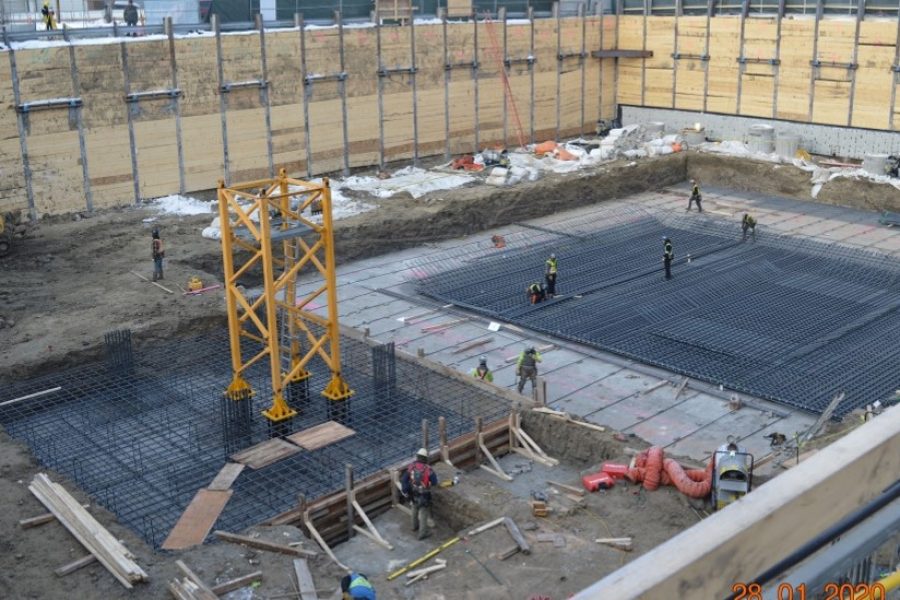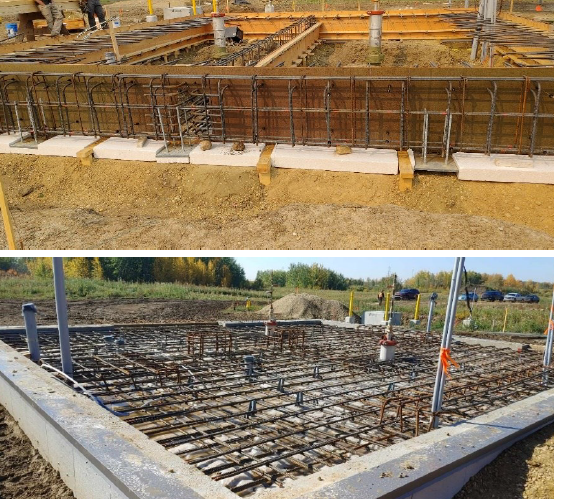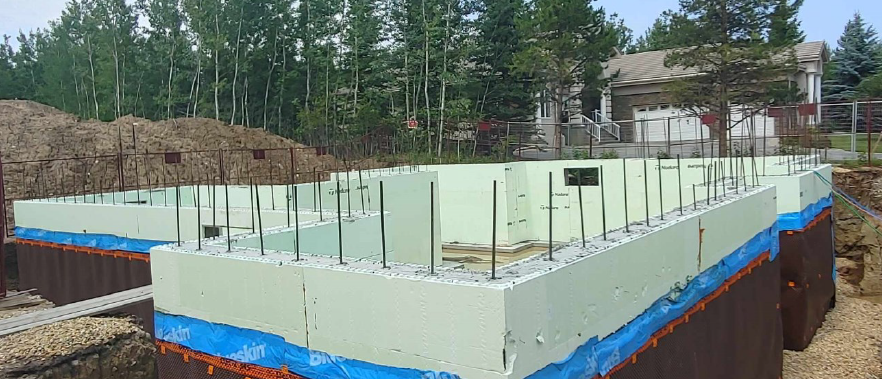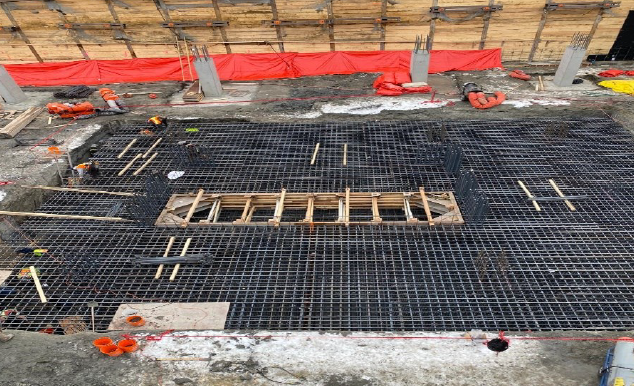Types of Building Foundations in Western Canada: Understanding the Basics
The diverse geological and climatic conditions of Western Canada present unique challenges and opportunities in building

Introduction
The diverse geological and climatic conditions of Western Canada present unique challenges and opportunities in building foundation design. From the soft soils of coastal regions to the bedrock of the Rocky Mountains, selecting the right foundation type is critical to ensuring structural integrity, safety, and longevity. At HINGENEERING Consulting, we approach foundation design with a deep understanding of local conditions, tailoring solutions to meet the demands of each site and structure.
This blog explores the common types of building foundations used in Western Canada, their applications, and the factors influencing their design.
Shallow Foundations
Shallow foundations are ideal for sites with stable soil close to the surface. These are cost-effective and commonly used in residential and light commercial construction.
- Strip Footings
- Support load-bearing walls.
- Commonly used in residential construction (e.g., basements).
- Example: A strip footing underneath a wall (Photo 1).
- Spread/Isolated Footings
- Provide support for individual columns or piers.
- Widely used in light commercial, mixed-use buildings, and industrial applications.
- Example: Spread footings beneath columns (Photo 2).
- Raft/Mat Foundations
- Used for sites with poor soil conditions or for structures with heavy loads (e.g., high-rise cores, crane loads).
- Example: Raft foundation supporting tower cranes (Photo 3).





